

2018-12-22 14:38:00 Sat ET
federal reserve monetary policy treasury dollar employment inflation interest rate exchange rate macrofinance recession systemic risk economic growth central bank fomc greenback forward guidance euro capital global financial cycle credit cycle yield curve
Federal Reserve raises the interest rate to the target range of 2.25% to 2.5% as of December 2018. Fed Chair Jerome Powell highlights the dovish interest rate hike that the U.S. economy seems sluggish in terms of real GDP per capita economic growth, employment, and capital investment. Some economic indicators such as household income and wage momentum soften in the current macro outlook.
Wall Street reacts negatively to the Powell comment about continuing to shrink the Federal Reserve balance sheet. Several stock market indices slump to the lowest levels in the fiscal year 2018. Dow Jones declines 352 points or 1.5%; S&P 500 also declines 1.5%; and NASDAQ plunges 2.3% as of mid-December 2018. This stock market pain extends to global markets: European and Asian stocks exhibit sharp losses around 3% on the next business day.
The Federal Reserve expects to ease the current interest rate hike with no more than 2 to 3 rate increases in 2019. Chairman Powell conveys his unusual dovish tone that the current interest rate hike reflects healthy fundamental recalibration in U.S. financial markets. This rate hike benefits most savers and traders who receive dividend and interest income from their stock and bond market investments.
If any of our AYA Analytica financial health memos (FHM), blog posts, ebooks, newsletters, and notifications etc, or any other form of online content curation, involves potential copyright concerns, please feel free to contact us at service@ayafintech.network so that we can remove relevant content in response to any such request within a reasonable time frame.
2022-02-15 14:41:00 Tuesday ET

Modern themes and insights in behavioral finance Lee, C.M., Shleifer, A., and Thaler, R.H. (1990). Anomalies: closed-end mutual funds. Journal
2019-06-21 13:33:00 Friday ET
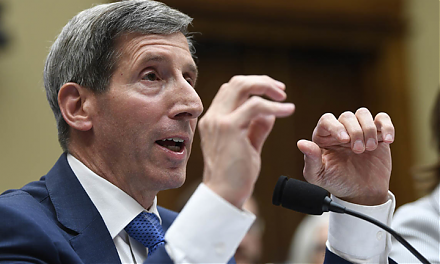
Amazon and Google face more intense antitrust scrutiny. In recent times, Justice Department and Federal Trade Commission have reached an internal agreement
2024-01-31 14:33:00 Wednesday ET
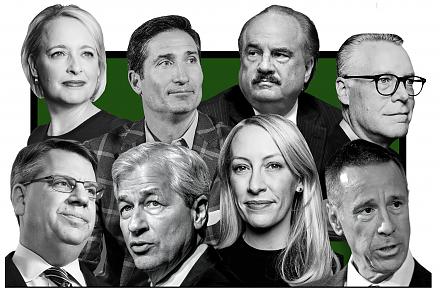
The new world order of trade helps accomplish non-economic policy goals such as national security and technological dominance. To the extent that freer
2018-04-17 12:38:00 Tuesday ET
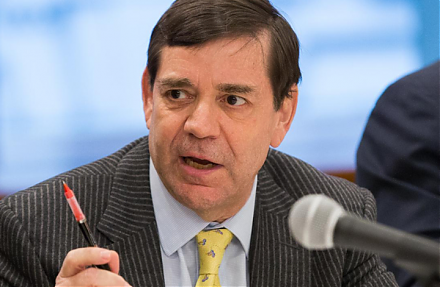
Value investment strategies make investors wiser like water with core fundamental factor analysis. Value investors tend to buy stocks below their intrinsic
2018-05-27 08:33:00 Sunday ET
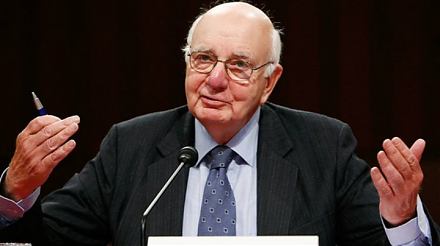
The Federal Reserve proposes softening the Volcker rule that prevents banks from placing risky bets on securities with deposit finance. As part of the po
2018-12-23 13:39:00 Sunday ET
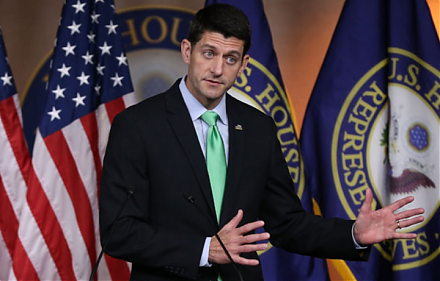
The House of Representatives considers a government expenditure bill with border wall finance and therefore sets up a shutdown stalemate with Senate. As fre